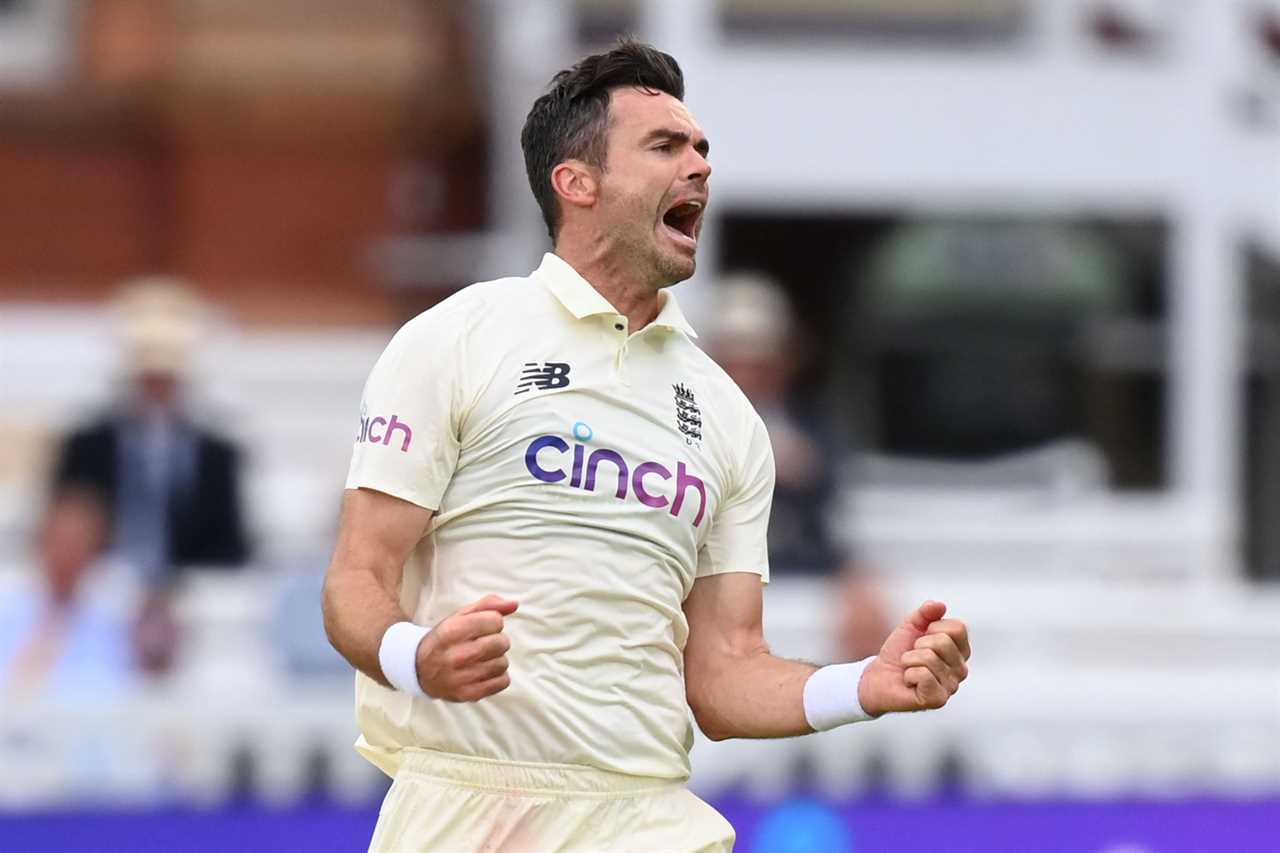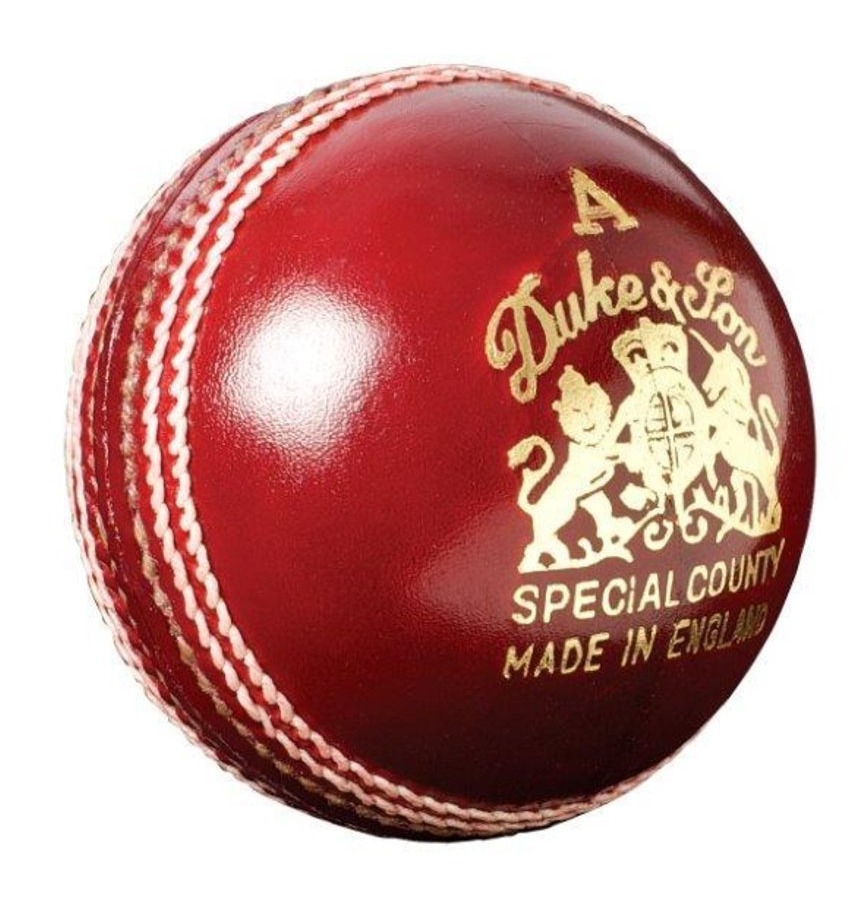ENGLAND is always facing a full schedule of Test cricket. Their legendary duo James Anderson and Stuart Broad have been praised for their innovative use of the new ball.
What is the new ball and how often can you use it in Test cricket?

James Anderson is a specialist in new-ball, which means he can get movement off the pitch.
You may find the terminology of cricket confusing, especially if you are new to the game.
What's the new ball for Test cricket?
A brand new Dukes ball is exactly what you would expect it to be: a brand new, unopened ball.
Each side receives a new cherry at the start of every innings in a Test match.
At different points, you'll see the fielding crew working hard to make the ball shine while also roughing up on the other side.
This is done to get as much swing as possible out of the cork when bowling.
Swing refers to the movement of the ball inwards or outwards as it moves in the air, before it pitches.
In Test matches, the innings are limited to the five days allotted. This means that a team could not bat for every minute of the match if they so chose.
What time does the new ball go?
After 80 innings, the new ball is given to the bowling team.
It is up to them to decide whether or not to accept it at this time.
They might decide to continue after 80 overs if the current ball is reverse-swinging or darting off pitch.
Once they have reached that point, however, the bowling team may choose to purchase a new ball at any time.
If the batting team continues to score runs, a second ball will be available after an additional 80 overs. This gives the total of 160 innings.
Sometimes, bowling teams might get a "new" ball prior to this point. However, only if the current one is damaged or lost.

Duke balls are the main brand used in Test cricket matches in England.
If a fielding team believes the ball is not in its proper shape, the umpires can test it by passing through a metal hoops.
If it cannot, the third umpire will get a set of used baseballs and the fielding team may choose a ball similar to the one they're losing.
If a ball is dropped into the Cardiff River after 35 overs, then the fielding team can choose a ball that is 35 overs old or older from the umpires. But it will not be a new ball.
This will be available only at the 80-over mark.
 Cricket NewsTips and TricksPrivacy PolicyTerms And Conditions
Cricket NewsTips and TricksPrivacy PolicyTerms And Conditions
